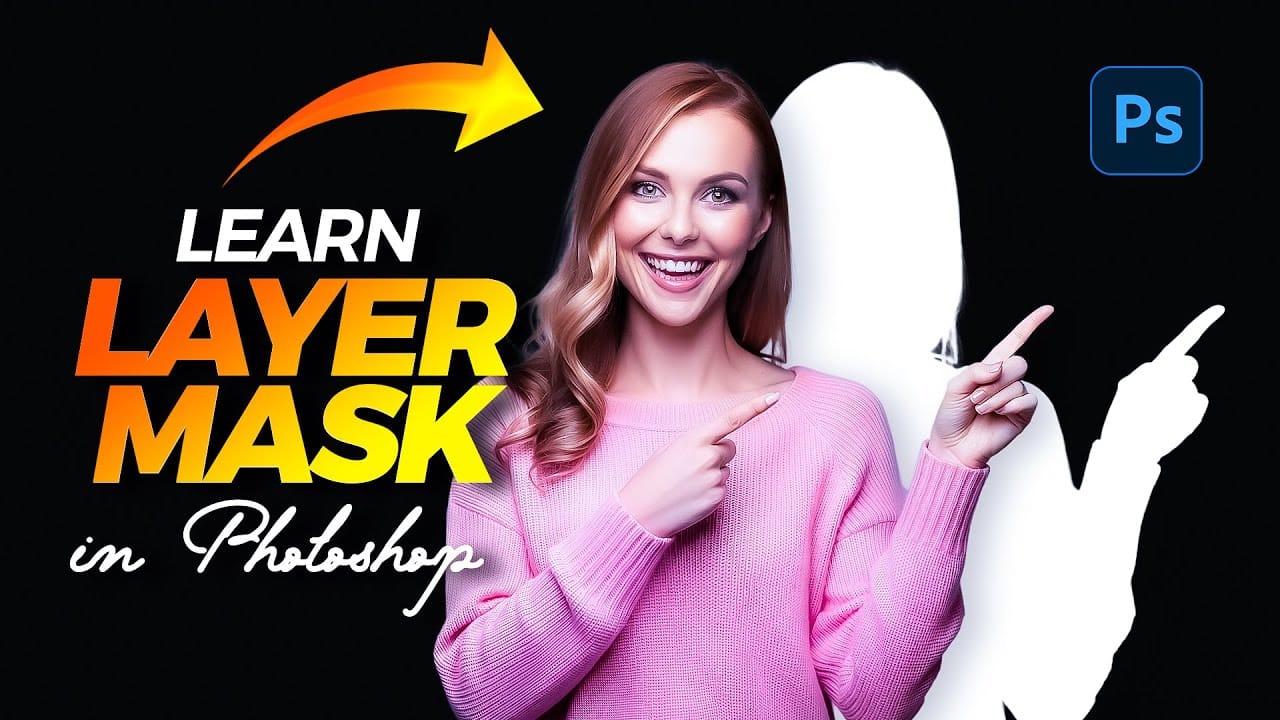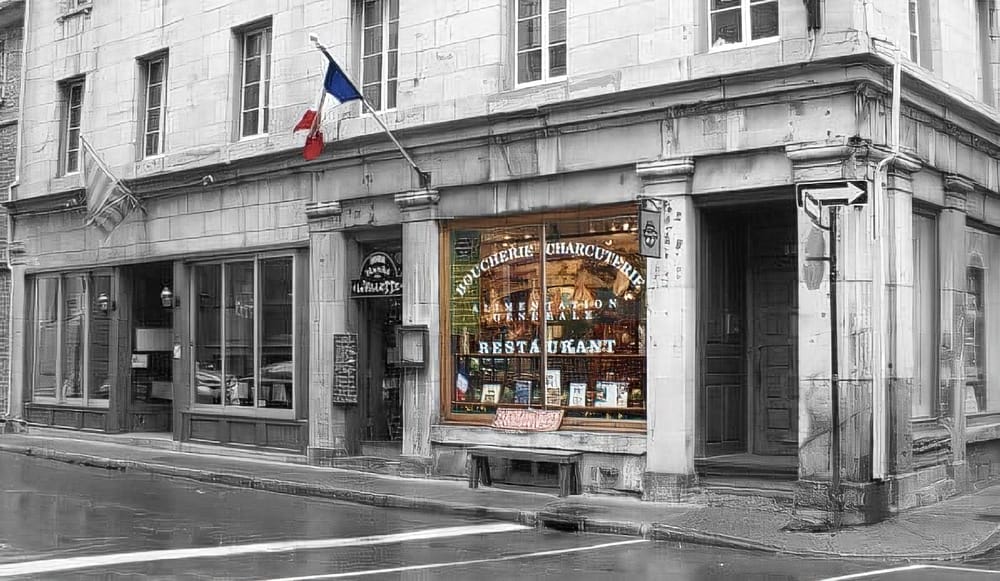Layer masks represent one of Photoshop's most powerful non-destructive editing tools, providing photographers and designers with precise control over image visibility. Unlike permanently deleting parts of an image, layer masks allow for reversible adjustments that can be refined throughout the creative process.
In this comprehensive tutorial, you'll explore everything from fundamental layer mask concepts to advanced techniques like mask copying, unlinking, and group masking. Learn how to use the Select and Mask workspace for edge refinement, discover troubleshooting tips for common masking challenges, and understand how to apply masks across different layer types for professional image composites.
Watch the Video
The Fundamentals of Layer Mask Theory
At their core, layer masks operate on a simple grayscale principle where white reveals, black conceals, and gray provides partial transparency. This foundation makes them uniquely suited for creating complex image composites with seamless transitions between elements. The non-destructive nature of layer masks distinguishes them from other editing techniques, allowing creators to iterate and refine without sacrificing original image quality.
Understanding the relationship between masks and layers is essential for professional image editing. Masks grant pixel-level control without permanently altering the source image, creating a flexible workflow that can be adjusted at any point in the creative process. The key concepts include mask visualization modes, edge refinement techniques, and strategic application across different layer types — from simple pixel layers to complex smart objects and text.
Essential Layer Mask Techniques
- Create a layer mask by selecting your subject with
Select > Subjectand clicking the layer mask icon in the layers panel - Refine mask edges by double-clicking the layer mask to access the Select and Mask dialog box
- Copy a layer mask by holding
Alt(Option) and dragging the mask thumbnail to another layer - Unlink a mask from its layer by clicking the chain link icon to move them independently
- Apply a single mask to multiple elements by grouping layers first, then adding the mask to the group
Related Tutorials about Photoshop Layer Masks
Expand your skills with these additional resources about mastering layer masks in Photoshop.

















Member discussion